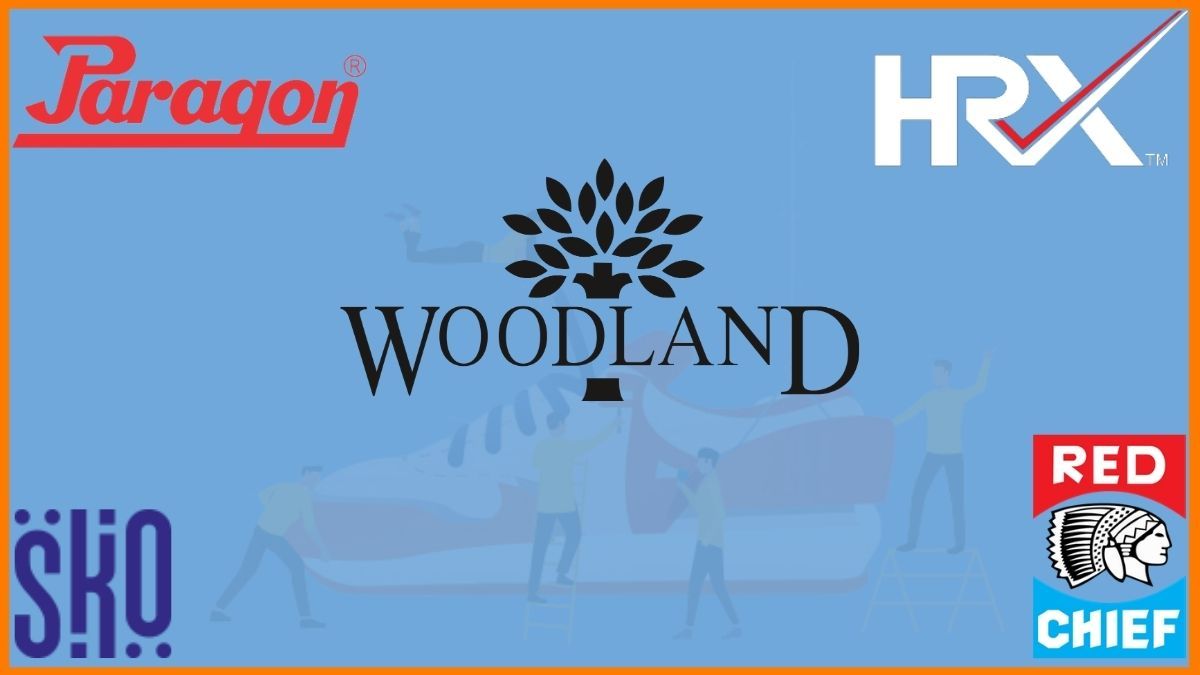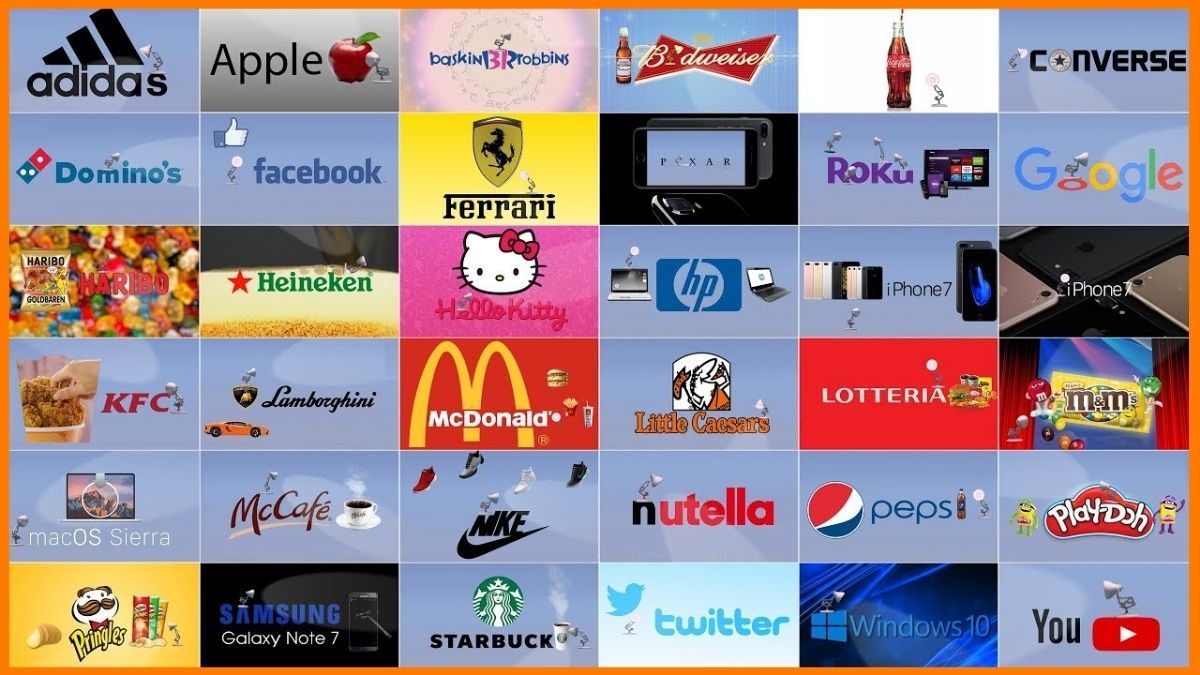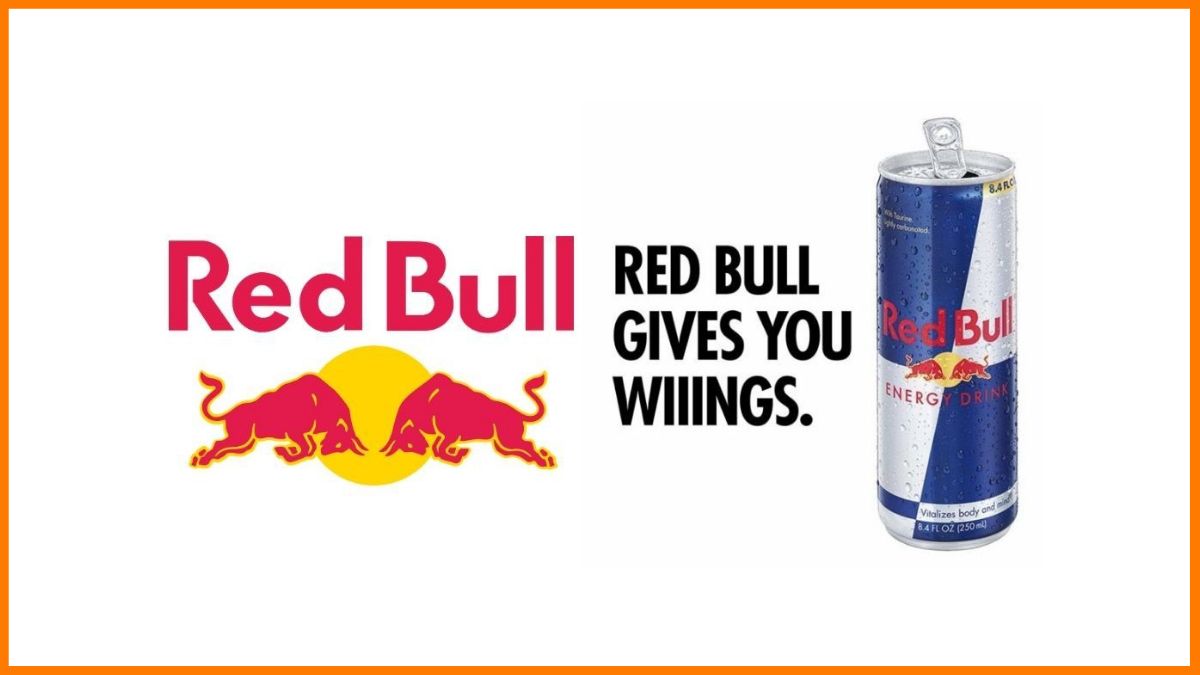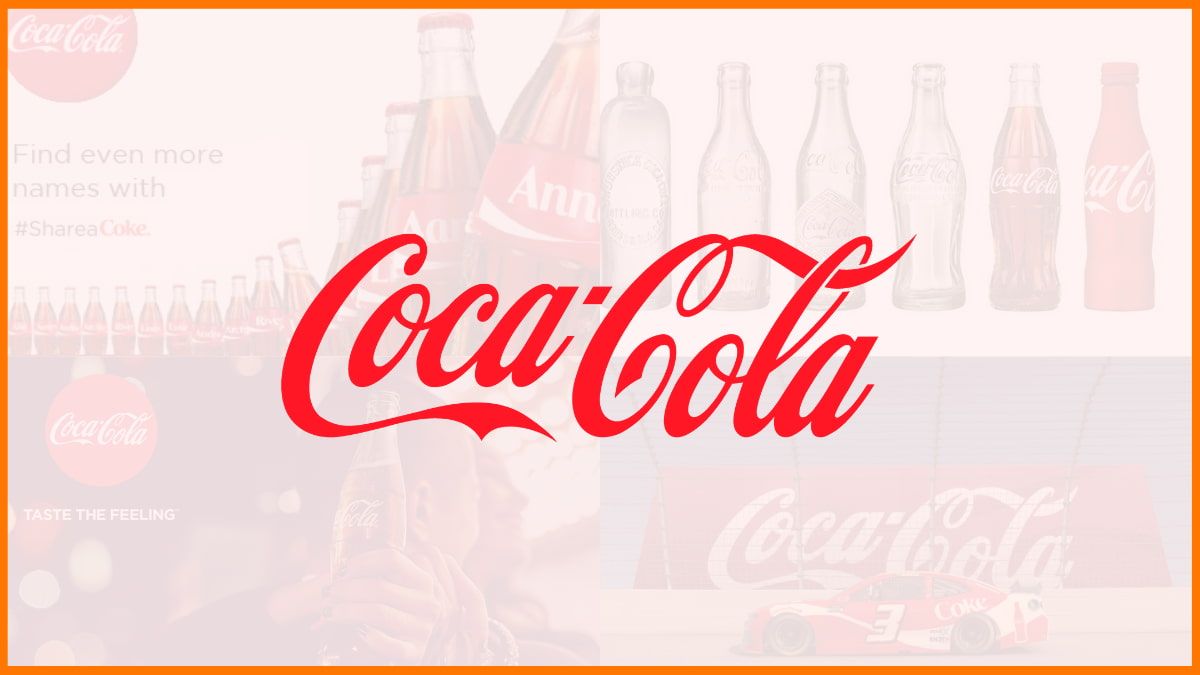Marketing can be difficult. However, it’s really not something to stress about when you’re a new business owner. All it requires is time, effort, and a lot of research.
When you’re getting started you should simply focus on solid strategies that will work versus trying a bunch of things and hoping for one to stick. In addition, it’s easy to get overwhelmed by all the marketing advice out there from people who don’t own a business.
This is why I wanted to put together this blog post for those who are in the tea business (growing or small) and have no idea what they should be doing or where to start.
In today’s article, I’m sharing 17 tea business marketing tactics that will get you the most sales and help you grow your business successfully.
Let’s get started.
Best Ways to Market Your Tea Business
1. Develop a Brand Identity, Not Just A Logo
2. Create a Strong Business Plan
3. Brand Marketing
4. Examine Your Competition
5. Offer Free Samples to Coffee Shops and Yoga Studios
6. Setup a Stall at Trade Shows And Expos
7. Make an Appealing Website for Your Tea Business
8. Make Your Tea Business’ Website Mobile-Friendly
9. Run Ads for Your Tea Business on Ecommerce Sites
10. Start A Blog About Your Tea Business
11. Offer Limited Edition & Exotic Teas
12. Start an Affiliate Program to Promote Your Products
13. Get Listed on Amazon and Other Marketplaces
14. Conduct Customer Surveys
15. Indulge in Email Marketing
16. Connect with Tea Enthusiasts
17. Promote Your Tea Business on Social Media
18. Packaging, Style, and Accessories
How to Promote Tea Business
Best Ways to Market Your Tea Business

The following are the top seventeen ways in which you can market your tea business and generate more sales:
1. Develop a Brand Identity, Not Just A Logo
What makes a strong brand? A strong brand identity. Brand identity is what gives your business an image, a voice, and an actionable strategy for connecting with your audience. It’s what separates you from the competition.
I always say that if you want to get more customers, you need to start with a solid brand identity. Everyone wants to work on the logo, but they forget that they need an entire company identity before they build their site and then start building their brand (because why would your potential clients be talking about your brand if there are a ton of other brands just like yours?).
Have you ever heard the phrase, “Something is only worth as much as someone is willing to pay for it?” It’s true. People pay a lot of money for famous brands. A brand can be a logo, a name, and everything in between. The foundation for building a brand is your identity. Having a good logo won’t mean anything if your audience has no idea who you are so you should focus on creating a solid brand identity to market your tea business.
2. Create a Strong Business Plan
You want to succeed in your business, but there are lots of people out there willing to help themselves to your profits. I see two things stopping you from succeeding: a weak business plan and a lack of tea knowledge.
Some people are so focused on the marketing part of their tea business that they forget about how important a strong business plan is for any business. If you don’t have an idea of how much money you want to make, how you’re going to make it, and what your long-term goals are it’s tough to get in the game.
A well-written business plan can help ensure your success with every startup. It outlines your goals, establishes short-term as well as long-term targets, and ultimately serves as an ongoing tool to assess your growth. It also highlights weaknesses that could be detrimental to the success of your venture.

3. Brand Marketing
You picked your name, got some business cards, and made a logo and a website. Congratulations, you’re a “real” company! Now it’s time to market that brand.
When someone visits a tea company’s website, they are looking to learn about the company. Many people will read testimonials and reviews to find out whether they are going to walk into a good situation when they visit the tea shop or if they should avoid the business. There is nothing wrong with promoting your current business on your website. It is important that you are transparent in all of your communications with a visitor.
4. Examine Your Competition
You have a great product, but what else does your competition offer?
You’ve probably heard it time and time again, “Know your competition”. If you’re not looking at what your competition is doing then how are you going to beat them? Every business owner strives for their own unique selling proposition but you also have to ensure that something still makes you stand out from your competitors.
By checking out the competition, you can find out more about your industry, discover trends, and identify some sweet marketing opportunities.
5. Offer Free Samples to Coffee Shops and Yoga Studios
When it comes to marketing your tea business, you need to think creatively. So many businesses try the same strategies and rarely see any growth in their sales or brand awareness.
Offering free samples can be a great way to get your tea business in front of people. When people try free samples and like them, there is a high percentage of chances that they will buy that product. By offering free samples, you can earn long-term customers for your tea business. So start talking with your local shops and give them free samples for your business’ marketing.
6. Setup a Stall at Trade Shows And Expos
Most people make the mistake of not taking advantage of a captive audience. Since Indian consumers love to enjoy tea from stalls, you can take your tea cart to the mall or festivals. Also, you could find local stores that would let you set up a little shop on the sidewalk in front of their business. The point is your customers will remember you once they try your tea in person.

7. Make an Appealing Website for Your Tea Business
A good website can make all the difference for a tea business. It’s one of the first places people will search for your products and read about what you do. Even when people are not buying from you, your website still remains a source that they can visit to get the information they want or need. If you want to sell more teas, you need a good‐looking, functional website that will turn visitors into sales. The key is to think of ways that a customer can immediately contact you, find out if you offer their favourite flavour, or discover new ways they can use your products.
8. Make Your Tea Business’ Website Mobile-Friendly
The average person checks his or her smartphone almost 150 times a day. That’s over 9,000 times per month. Think about it, fans and customers are looking for your business every time they grab their phone as it vibrates in their purse or pocket.
Lots of people are shopping on the go. Mobile devices are often their first choice when they’re looking for a product or service to buy. But don’t confuse mobile marketing with mobile-friendly websites. Mobile-friendly websites will work for any device, not just ones that use smart technology. Thus, another great way to promote your tea business is to make your website mobile-friendly and if possible have a mobile app too.

9. Run Ads for Your Tea Business on Ecommerce Sites
This is also one of the best ways to market your tea business and generate more sales. Running online ads can be a very effective form of paid marketing. When used correctly, eCommerce ads are a way to drive sales to your store and generate more traffic in the process. There are plenty of ways you can use ads on eCommerce sites to get the most out of them.
10. Start A Blog About Your Tea Business
Another amazing and popular way to market your tea business is to start a blog. You can write about things like how to brew the perfect cup of tea, why your tea blends are unique, etc. In this way, you will be able to reach a larger audience and develop a connection with them.

11. Offer Limited Edition & Exotic Teas
If you love tea as much as we do, then you probably know that there are many different types of tea like green, white, black and oolong to rooibos, mate, pu-erh, and many more. You may also know that the world of tea extends beyond the typical options found in most grocery stores. There are many other varieties that are harder to find in your local market but can be uncovered by visiting a tea shop that deals in specialities or you can also look for them online. So, another great way to market your tea business is to offer some limited edition and exotic teas.
12. Start an Affiliate Program to Promote Your Products
Some of these strategies might sound familiar, but that’s because some aspects of the business have stayed the same over time. Affiliate marketing is an old strategy which you can implement to market your tea business and generate more sales.
It’s no secret that social media can be a great way to promote products, but it’s not all about the likes. Creating an affiliate program is a fantastic way to get people to promote your stuff all over the web.
13. Get Listed on Amazon and Other Marketplaces
Amazon and other marketplaces are a great way to expand your tea business. Being able to list your products on the largest search engine in the world will mean you get more exposure, more sales, and more customers willing to buy from you.
14. Conduct Customer Surveys
Customer surveys are one of the most important tools to understand your customers and also improve your business. A survey helps you find out what your customers think about your products or services, what they’d like to see from you, and what they would want you to improve on. This will help you come up with a strategy to meet their needs better and retain them as loyal customers in future. There are different types of surveys that you can create depending on your business needs. This way you will be able to understand your customers better which in turn will help you to market your tea business better.
15. Indulge in Email Marketing
The email channel is still the most used for marketing and customer communication. Driven by customer preferences, this remains one of the cornerstones of any B2C or B2B initiative within a company’s marketing program. Therefore, it is wise to indulge in email marketing when it comes to marketing your tea business.

16. Connect with Tea Enthusiasts
Another great way to market your tea business is to connect with tea enthusiasts. These people will not only be interested in becoming your loyal customers but will also help you gain new ones. With blogs, social media and a number of tea forums out there, it’s easier than ever to get in touch with your target audience and come up with possible leads.
17. Promote Your Tea Business on Social Media

Gone are the days when your business was only advertised on the radio and TV. Now, social media channels have become the new marketing buzz when it comes to advertising a tea business and helping to spread awareness about your products.
Social media is not just a space where people post selfies and share photos of their cats anymore. Now, more than ever, social media is a platform for businesses to reach an audience and promote their products.
Social media has revolutionized how companies advertise and market their products. Today, you can use social media as an effective tool to build your brand, drive sales, and increase awareness about your company or product. These websites are a great way for small businesses to reach new audiences and promote their company with little cost or effort required.
There are a lot of popular social media platforms such as Facebook, Instagram, Twitter and Youtube. These sites give businesses access to billions of potential customers and allow them to reach those people in an extremely cost-effective manner.
Read on to discover how you can use social media to promote your tea business and give your marketing efforts a boost!
- Take advantage of Instagram influencers to help promote your tea business
People love free food. And if you own tea business, why not send free samples to bloggers and influencers in your target market who might tell their audiences about you?
Food bloggers and influencers on Instagram are perfect for sending free samples of your tea products. They are very popular among their followers, and they love to try new foods. They will often post photos of them tasting the teas they receive, which is a good way to create some buzz around your teas.

- Create dedicated pages on Facebook and Instagram for your business
Creating dedicated pages on Facebook and Instagram for your business helps you to reach out to your existing followers and let them know about the new changes happening in your business. Remind them that the new page is where they should be going for all things related to your teas.
Shahab Zargari, CEO of Pinnacle Foods UK, owns a tea company called 17 Tea. He recently told Entrepreneur Magazine that this is the best business marketing idea for 2021, To acquire leads and increase your sales, create pages for your product on Facebook and Instagram and fill them with quality content.
- Start a YouTube channel for your tea business
YouTube is one of the best social media platforms to get started with. You can create videos on anything you like. For example, if you are starting a tea business, you can begin by making short videos about certain health benefits of tea. As you make more and more videos, it will be easier to gain subscribers and people would come back to watch the new video every time you will upload one. This way people can learn a lot from your YouTube channel and thus, a great way to market your tea business.
- Send Consistent Messages Across All Platforms (Facebook, Twitter, Instagram)
A quick and easy way to market on social media is to send consistent messages across all platforms. You want your audience to get to know you quickly, so use a post on Twitter as the caption and include the same photo on Instagram. People tend to like consistency. It makes them feel connected to your business, which will lead you to their inbox!
18. Packaging, Style, and Accessories
Now that you have great tea to sell, you need to choose the right packaging. Think about selling an experience, your customers should feel something special every time they drink your tea.
Offer fun accessories, like unique cups or infusers, especially if you sell loose leaf tea. Make sure they have the tools they need to enjoy it.
If you have a store, create eye-catching window displays and packaging that attract people to walk in.
For online tea sellers, focus on creative digital advertising to grab attention and bring customers to your shop.

Conclusion
There are a lot of people out there selling tea. It’s hard to get in front of your target audience without standing out from the crowd. But if you use the above-mentioned tea business marketing tips, you can make your business stand out and build a following that will drive more sales and growth. This is the kind of solid advice you need if you want to build an industry-leading business.
FAQs
Is the tea business profitable in India?
Yes, the tea business is profitable in India because most Indian consumers have a strong taste for it. However, your profit will depend upon the type of teas you are producing and selling.
How to promote tea business?
Promote your tea business by using social media, offering free samples, creating attractive packaging, partnering with cafes or influencers, and running online ads to reach more customers.
Which are the top tea companies in the world?
Top tea companies in the world are:
- Tata Global Beverages
- Unilever
- Nestle
- The Republic of Tea
- Dilmah
Where is the world’s largest tea market?
China has the world’s largest tea market valued at over 78 billion USD.
What is tea business profit margin?
Tea business profit margins are usually 30%–60%, depending on sourcing, branding, and sales channels.
What are the ideas of digital marketing for tea business?
Use digital marketing for your tea business through social media ads, SEO, influencer partnerships, email campaigns, and engaging content to attract and retain customers.


















































